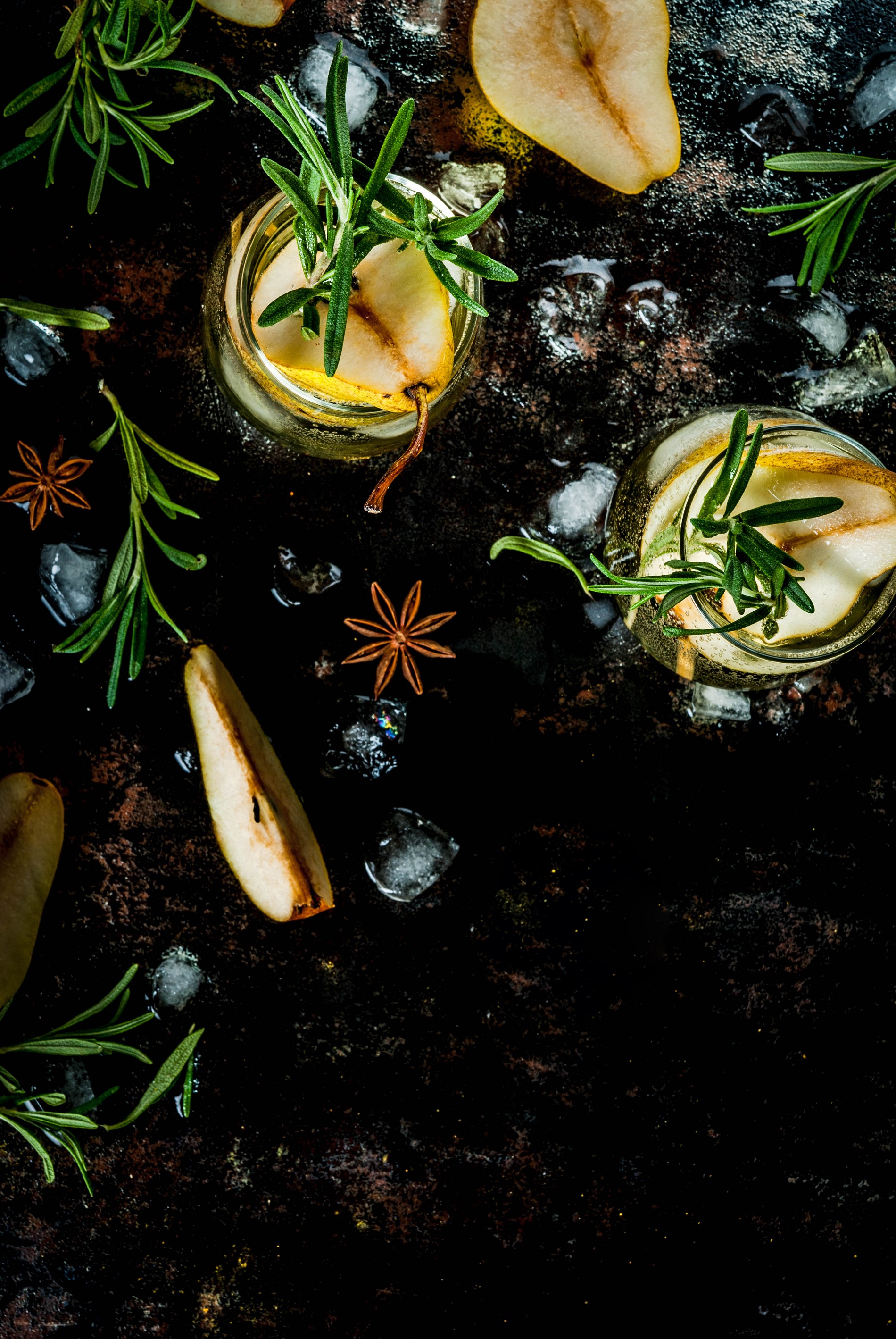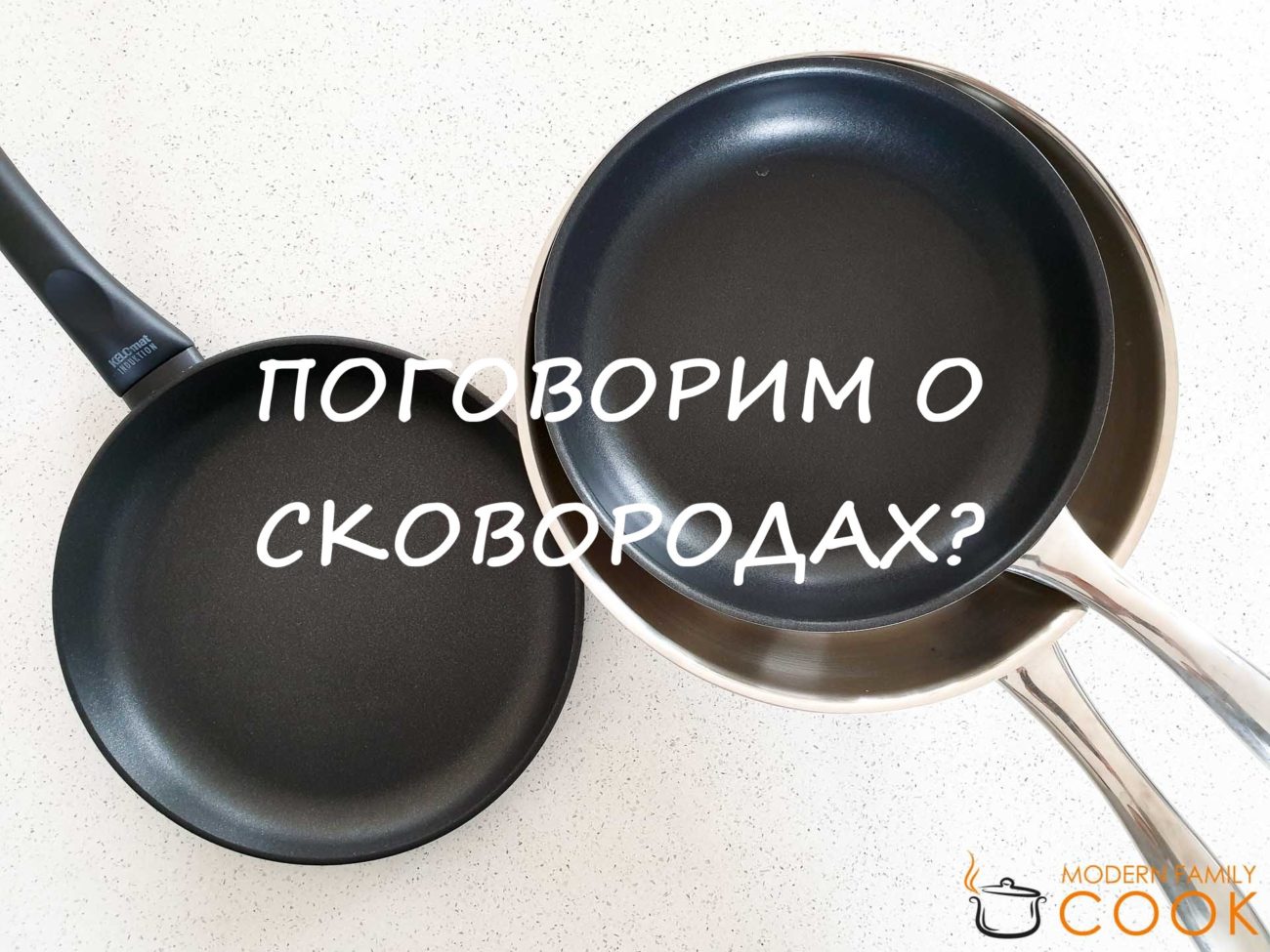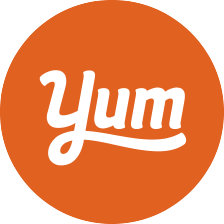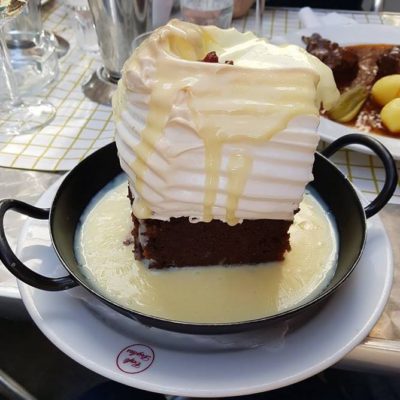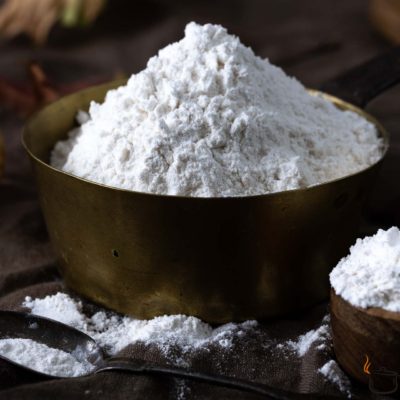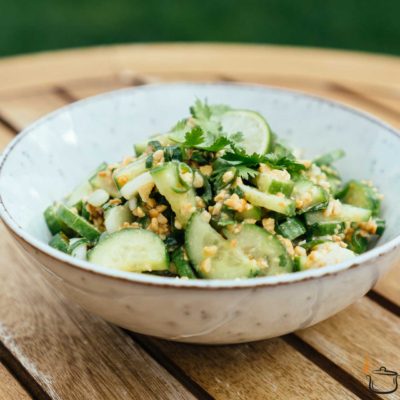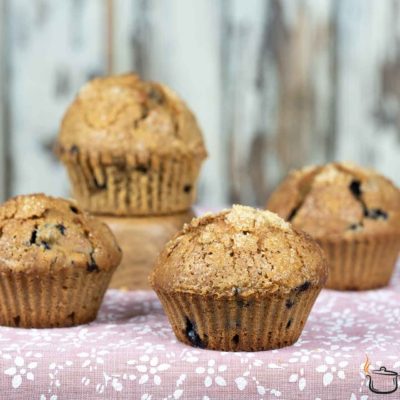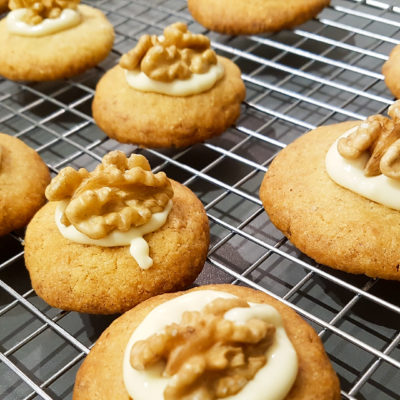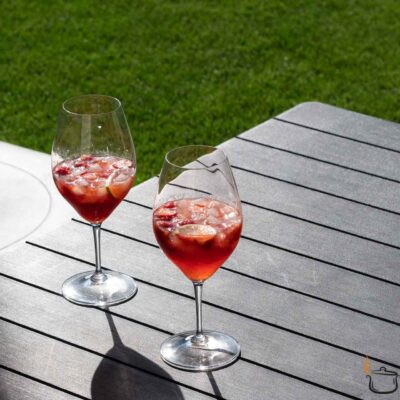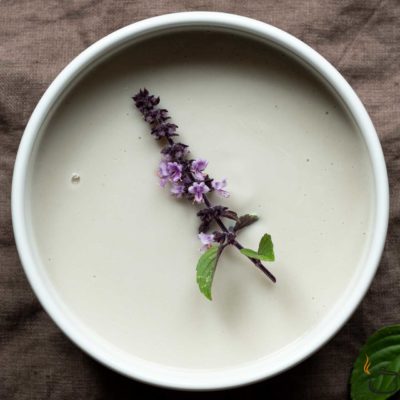To be honest, I love buying kitchenware. Shopping for pots, saucepans, knives, and pans makes me much happier than trying on a dress in a fitting room. But it doesn’t mean that my kitchen is stuffed with various kinds of pots and pans for every occasion. Just the opposite, the most important thing for me is functionality, quality, convenience, and versatility of my equipment. I always keep my kitchen clean and ergonomic meaning that I keep only the right and most necessary appliances in the right places.
You asked me how to choose the right pan, so I’m happy to share my experience with you, but I’m not going to recommend any brands. There are so many manufacturers on the market offering decent models of all prices. The most important thing is to know what exactly you need and how many. So, let’s figure it out together.
The principle is basically as follows: get the optimal (minimum) number of appliances (in our case, pans) that meets your needs to the fullest extent. Or in other words, less is more.
If you follow this principle, the cooking process will be easy, the food will be delicious, and the appliances won’t take much room.
Before writing this post, I read some articles on the topic online. There is a lot of information about the materials and coatings of pans, how to care for them and how long they can last. But I want to look at the matter at a different angle.
I believe that when you buy anything, even if it’s a pan, you should understand why exactly you need it and how you are going to use it.
Let’s now figure out how many and what kind of pans you actually need to have. After that, I’m going to tell you about my pans and share some tips for buying one with you.
Let’s start!
First of all, answer the following questions for yourself:
What cooktop do you have?
How are you going to wash your pan?
This information will help you understand what kinds of pans you should look for. For example, I have an induction cooktop and a dishwashing machine, which limits my options to the pans suitable for induction cooktops and dishwashers. Now it’s getting easier (actually no).
Advice from my personal experience. If you have a dishwashing machine, don’t buy a pan that you won’t be able to wash in the machine even if it’s cheaper and you like it a lot. You will be annoyed every time you have to wash it with your hands. And every time your family members put it in the dishwasher you will worry that it will be spoilt, because, for example, aluminum pans washed in a dishwasher will leave black marks all around the place. Not recommend!
Now we need to think if something is going to change. Maybe you are planning to move or buy a new cooktop or buy a dishwasher. You should consider everything when buying new pans because good pans aren’t cheap and you don’t want to change them before their due time. Because I had to let some of my pens go when we moved.
The next characteristic is out of the question. Choose a heavy-bottomed pan. Such pans distribute heat evenly ensuring delicious and well-cooked food. It is very important! Make it a rule!
If a pan happens to be lightweight, don’t buy it. You don’t need it.
A crepe pan is an exception. We will discuss them in the next articles.
So, we already decided what characteristics you want your pan to meet. Now you should ask yourself:
What are you going to use it for?
The question «What are you going to cook?» should be replaced with «HOW are you going to cook?» because you should take into consideration the cooking techniques you are going to use.
Here are some of them:
Cook vegetables, eggs, fish, oladi, syrniki – non-stick pan with a lid
Blini (crepes) — non-stick pan
Risotto – cast iron or non-stick pan
Cook meat & poultry – stainless steel pan with a steel handle (it makes the best crust!)
Oven-baking & meat stews – cast iron pan with a lid
Stir-frying – steel WOK pan
This question will help you understand whether you need all those pans or not:
How often and what kind of dishes do you cook?
So, if you often use the oven or cook risotto, I recommend you buy an enameled cast iron pan with a lid. Otherwise, a non-stick pan and a casserole will do.
Or if you make blini every week, you should buy 2 crepe pans or just a regular non-stick pan.
To define the size of a pan you need, answer this question:
How many people do you cook for?
You’d think that a 24 cm pan is enough when you cook for 1-2 persons, but it’s not that easy. Consider how often you have guests, whether you like fried potatoes, and whether you cook in large batches. If you do, I’d recommend you buy a larger, 28 cm pan.
Try to buy no more than two pans/pots of different sizes. For example, 24 and 28 cm. Then you will need just two lids, which is very convenient. Because when all utensils are of different sizes, each one needs to have its own lid, which is quite costly and you’ll have to wash, dry, and store more things, and eventually they will take up all the room in your kitchen.
And here is the next question for you to answer:
Where are you going to store your pan?
The best way to store pans is when you can easily reach them when they don’t occupy the countertop or cooktop. Decide what place is the most suitable and think about how many pans it can fit. Keep that in mind when you think about buying another pan. Maybe you decide that you already have enough.
Let’s move to practice! We are going to look at the collection of pans that I have now when I’m a food blogger and a certified cook, and the one I had 15 years ago when cooking wasn’t that big part of my life.
Now:
- What cooktop do you have? – I have an induction cooktop.
- How are you going to wash your pan? – In a dishwasher.
- What are you going to use it for? –I like cooking various dishes using different techniques. I love blini, I often use the oven, I love risotto, I often make an omelet for breakfast.
- How often? — Everyday.
- How many people do you cook for? – Four people. But sometimes I fry eggs for two persons. I also often have guests and I often cook in large batches.
- Where are you going to store your pan? – I have a cabinet that can fit 4-6 pans.
My collection of pans includes 6 heavy-bottomed pans and 2 lids:
- 24 cm non-stick pan + lid
- 28 cm non-stick pan + lid
- 28 cm cast iron pan with a steel handle
- 2 non-stick crepe pans
- 1 large enameled cast iron pan with a cast iron lid
And then, 15 years ago when I cooking wasn’t my great passion:
- What cooktop do you have? – Electric cooktop.
- How are you going to wash your pan? – By hand.
- What are you going to use it for? – Eggs, cutlets, vegetables, fish, potatoes. Also warming up food.
- How often? – Always on weekend days, sometimes on weekdays.
- How many people do you cook for? – For three people. I also cook in large batches on a regular basis.
- Where are you going to store your pan? – My kitchen is quite small. I don’t have a place for storing pans, so I’m going to store them in the oven
In this case, 2 non-stick pans (24 and 28 cm) and at least 1 lid would be enough for me.
In further posts, I’m going to tell you more about different kinds of pans and what you need to pay attention to when buying one.
Today's visits: 1.
